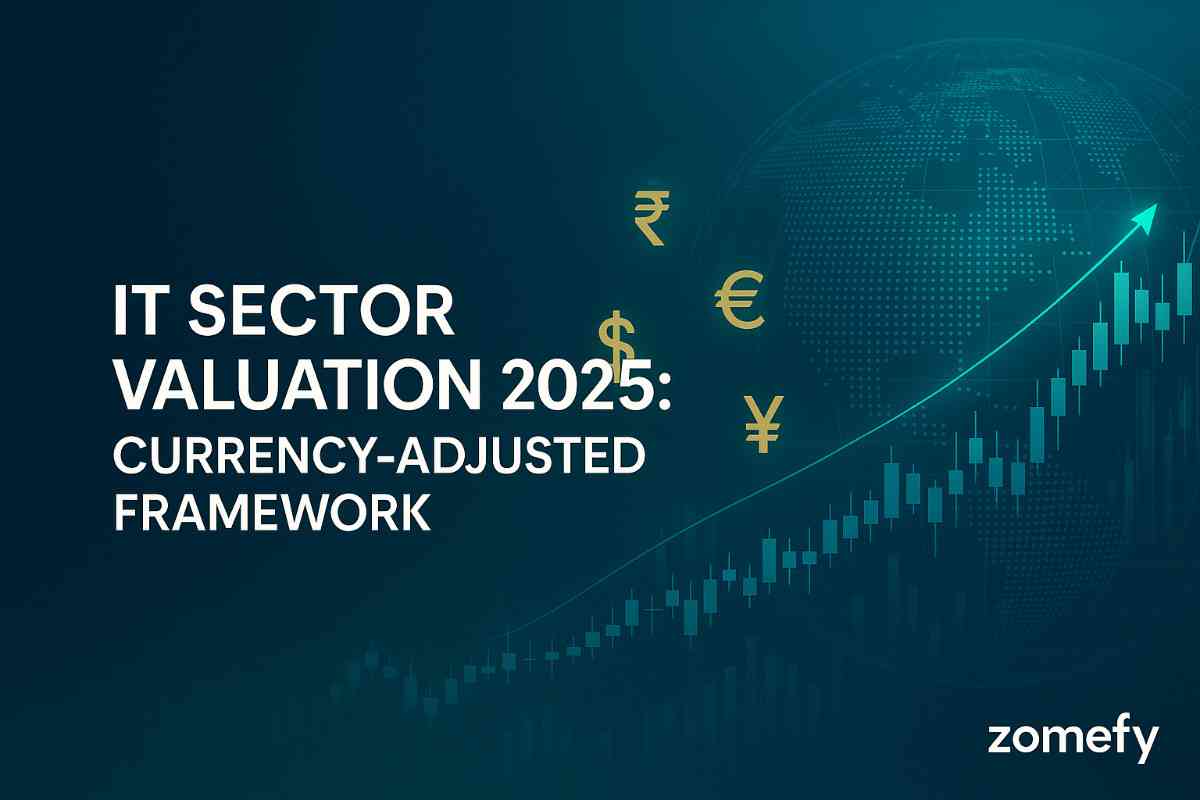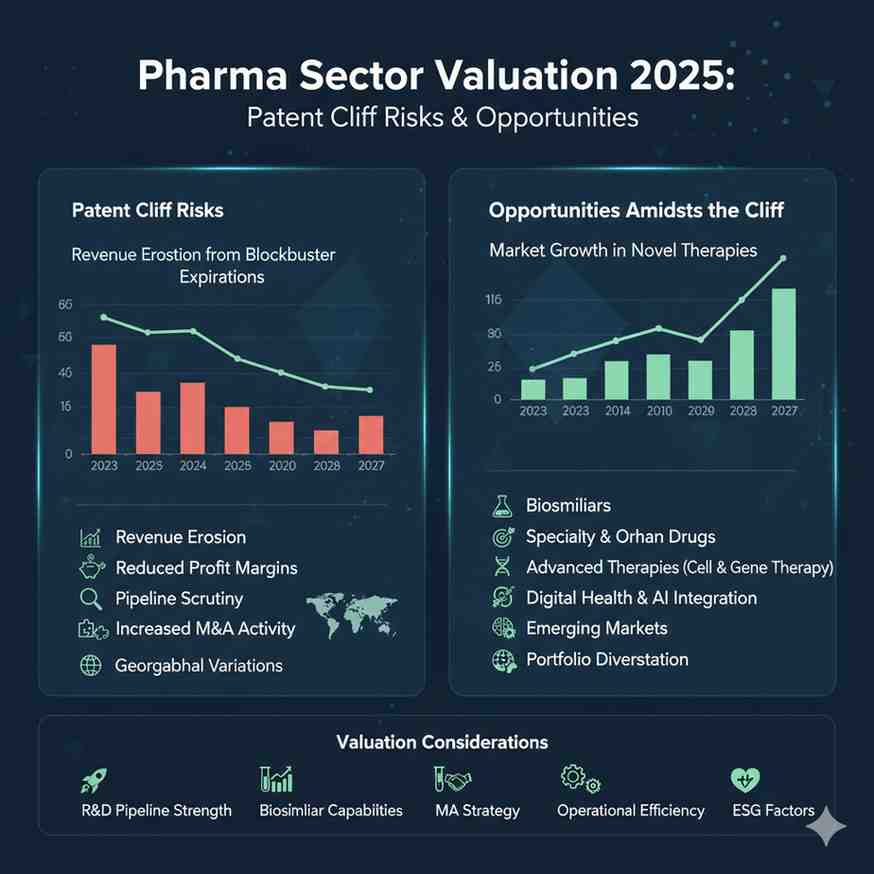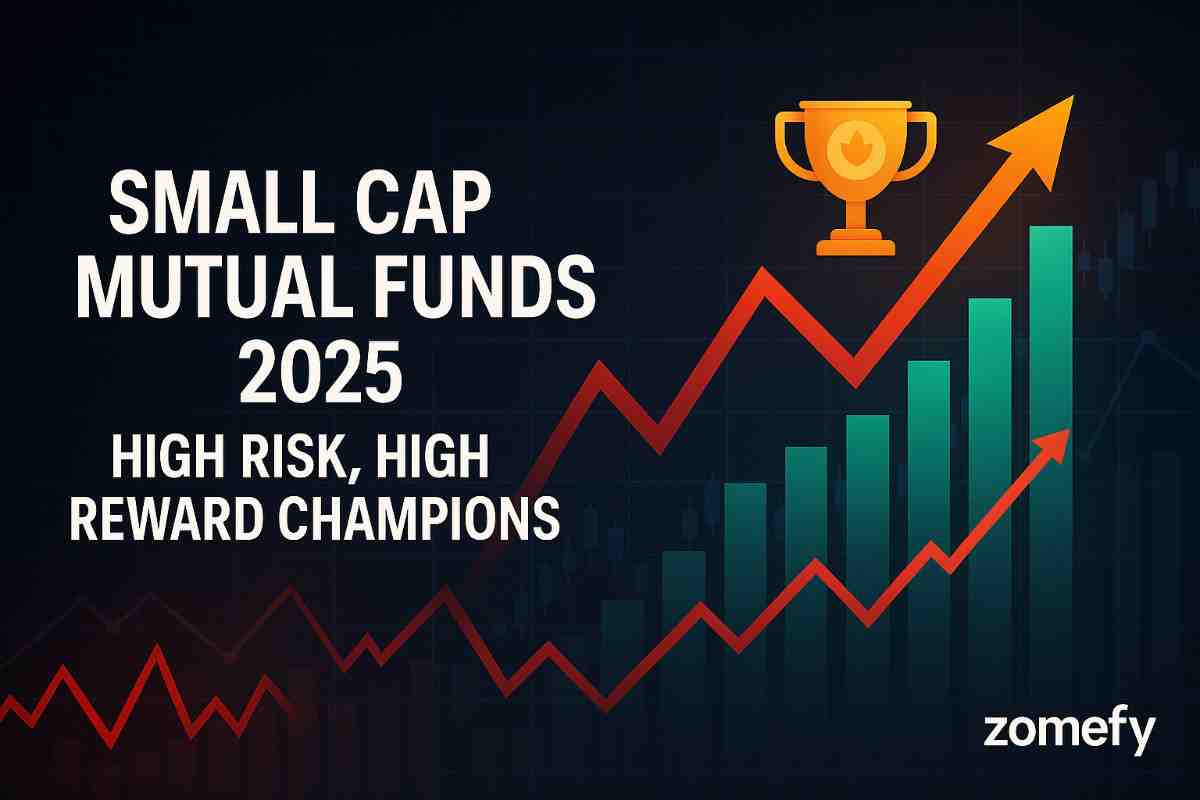Complete Guide: How RBI Rate Changes Affect Different Sectors
Comprehensive analysis of how RBI rate changes impact banking sector performance with historical data and future outlook.
Complete Guide: How RBI Rate Changes Affect Different Sectors
What You Can Do Next
- Read the full article for complete insights
- Save for later reference
- Share with others learning about this topic
Image not available
Comprehensive analysis of how RBI rate changes impact banking sector performance with historical data and future outlook.
Executive Summary
RBI interest rate changes have profound and differential impacts across Indian sectors. This comprehensive analysis reveals that banking and financial services benefit from rate hikes, while real estate, NBFCs, and consumer discretionary sectors face headwinds. Understanding these relationships is crucial for sector rotation strategies and portfolio positioning.
Key Points:
- Banking sector gains 15-25% during rate hike cycles
- Real estate and NBFCs decline 20-40% during rate hikes
- Rate cuts benefit cyclical sectors (auto, real estate, consumer)
- Defensive sectors (FMCG, pharma) show limited rate sensitivity
- Lead-lag analysis shows banking moves first, real estate lags by 3-6 months
RBI Rate Cycle Analysis (2000-2025)
Historical analysis of RBI rate cycles reveals distinct patterns in sector performance across different phases of monetary policy.
Rate Hike Cycles (2004-2008, 2010-2011, 2018-2019, 2022-2023)
Rate hike cycles typically last 12-18 months and create clear winners and losers.
Rate Cut Cycles (2008-2009, 2012-2017, 2019-2020, 2020-2021)
Rate cut cycles provide relief to rate-sensitive sectors and boost economic activity.
Sector-wise Impact Analysis
Different sectors respond differently to RBI rate changes based on their business models and sensitivity to interest rates.
Rate Hike Winners
Sectors that benefit from rising interest rates.
Rate Hike Losers
Sectors that suffer from rising interest rates.
Rate Neutral Sectors
Sectors with limited sensitivity to interest rate changes.
Lead-Lag Analysis: Which Sectors Move First
Understanding the timing of sector movements relative to RBI rate changes is crucial for investment timing.
Immediate Impact (0-1 month)
Sectors that react immediately to rate changes.
Short-term Impact (1-3 months)
Sectors that react within 1-3 months of rate changes.
Medium-term Impact (3-6 months)
Sectors that show impact over 3-6 months.
Investment Strategy Based on Rate Cycles
Portfolio positioning strategies for different phases of the interest rate cycle.
Rate Hike Strategy
Portfolio positioning during rate hike cycles.
Rate Cut Strategy
Portfolio positioning during rate cut cycles.
Timing Indicators
Key indicators to watch for rate cycle changes.
Real Case Studies
Detailed analysis of how specific companies performed during different rate cycles.
HDFC Bank - Rate Hike Winner
HDFC Bank's performance during the 2022-2023 rate hike cycle demonstrates the banking sector's resilience.
DLF - Rate Hike Loser
DLF's performance during rate hike cycles shows the real estate sector's sensitivity to interest rates.
Bajaj Finance - NBFC Sensitivity
Bajaj Finance's performance demonstrates NBFC sensitivity to rate changes.
2025-2026 Rate Cycle Outlook
Forward-looking analysis of potential rate cycle scenarios and sector implications.
Base Case Scenario (Rate Stability)
RBI maintains current rates with minor adjustments based on inflation and growth.
Rate Cut Scenario (Economic Slowdown)
RBI cuts rates to support economic growth amid global headwinds.
Rate Hike Scenario (Inflation Pressure)
RBI hikes rates to combat persistent inflation and currency pressure.
Practical Tools & Resources
Tools and resources for analyzing RBI rate impact on sectors.
Continue Your Investment Journey
Discover more insights that match your interests

IT Sector Valuation 2025: Currency-Adjusted Framework
Comprehensive IT sector valuation analysis for 2025 with currency-adjusted framework. Analyze TCS, Infosys, HCL, Wipro performance and investment opportunities in Indian IT sector.

Pharma Sector Valuation 2025: Patent Cliff Risks & Opportunities
Comprehensive pharma sector valuation analysis for 2025 with patent cliff risks and opportunities. Analyze Sun Pharma, Dr. Reddy's, Cipla, Lupin performance and investment opportunities in Indian pharma sector.

Small Cap Mutual Funds 2025: High Risk, High Reward Champions
Explore small cap mutual funds for 2025 with high risk, high reward analysis. Compare top performing small cap funds with growth potential and investment strategies.

Oil & Gas Sector Valuation: Integrated vs Pure-Play Analysis
Comprehensive oil & gas sector valuation analysis with integrated vs pure-play framework. Analyze Reliance, ONGC, Oil India, GAIL performance and investment opportunities in Indian oil & gas sector.
Explore More Insights
Continue your financial education journey
